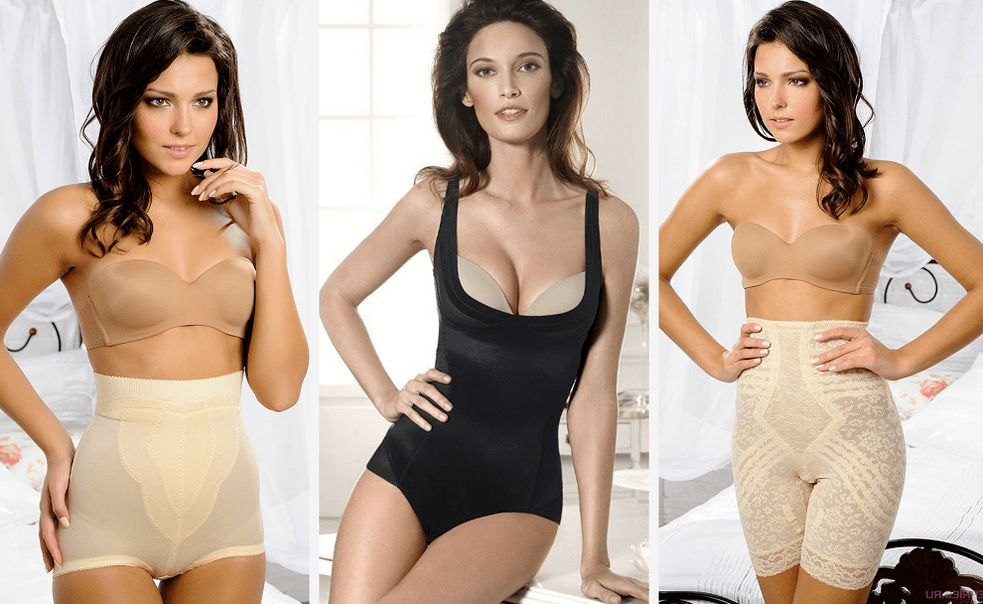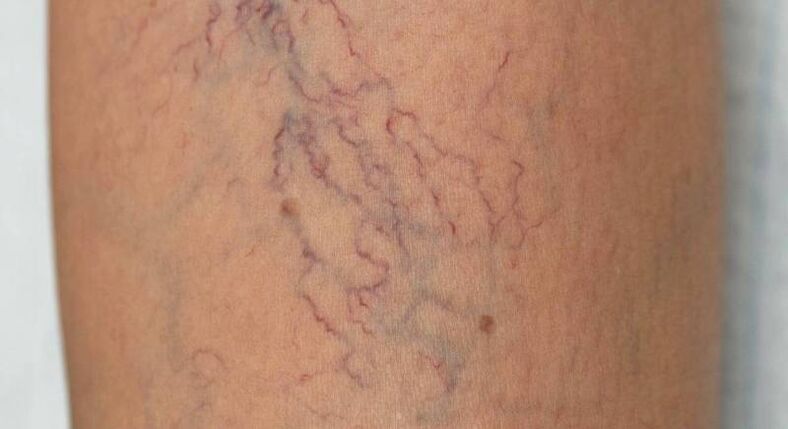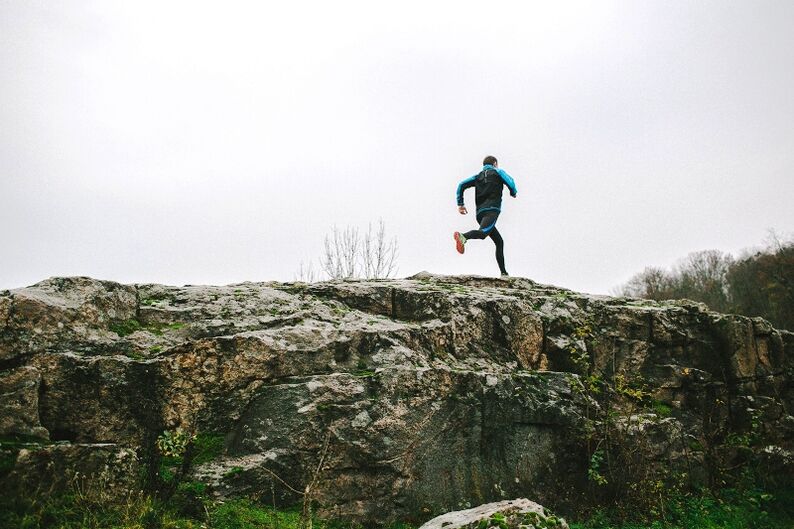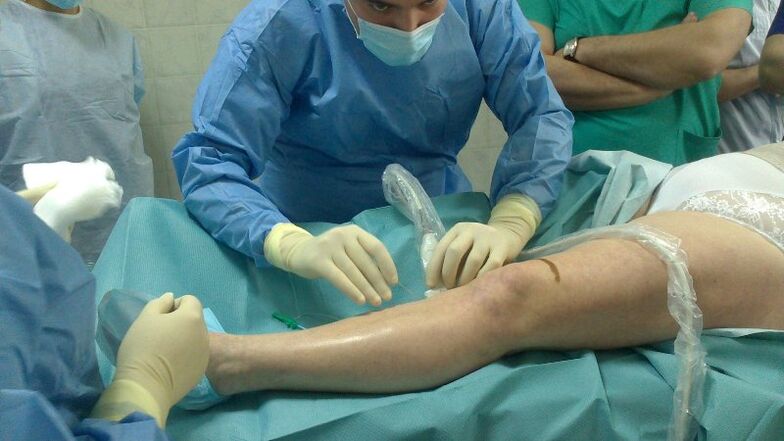
Leg varicose veins are one of the most common diseases that occur in a large number of women of any age. Men suffer from it too, but much less often. With these symptoms, people very rarely turn to medical professionals immediately. Everyone is trying to self-medicate, considering it all a temporary manifestation. Varicose veins in the foot are often confused simply with an overworked body, tired from the daily work and with a heavy schedule.
The peculiarity of varicose veins in the legs is such that treatment helps especially well only in the early stages of the disease, but not in the later stages, when there are more and more manifestations each day. If everything is left to chance, then, in the extreme stages, a surgical operation is needed. The disease progresses gradually. Especially if it is accompanied by venous insufficiency.
With varicose veins of the lower extremities, symptoms disappear with pathological expansion and hemodynamic disturbances. Venous valves do not work well. Over time, all of this gets worse with thrombophlebitis, phlebothrombosis, and pulmonary thromboembolism.
disease onset
The first symptoms of varicose veins in the legs are associated with inadequate action of the vein valves, leading to blood reflux. Endothelial cells receive a signal of decreased blood flow. Leukocytes are installed in them. Thus, the inflammation process begins in the vascular walls, which pass along the bed of veins. The inflammatory process catalyzes disorders of the venous walls.

All pressure is strongest in the venous valve system. Initially, the lesion is noticeable in the areas of greatest load - perforating vessels and large and small saphenous veins. After that, the channel starts filling the excesses of the norm. This is where the redistribution of venous blood in the walls comes from. And below, most of the time, there are many more of them. All this volume gently reaches the deep veins, where everything in its immediate surroundings extends. There is dilation and venous insufficiency of the valve sections.
Causes
Phlebologists identify a number of reasons that cause pathologies in the functioning of the venous system. This could be due to a genetic predisposition and the totality of unpleasant effects on the human body. Hereditary characteristics manifest themselves not only in women but also in men. The disease may pass inside for a long time, but it doesn't show up at all on the outside. Then, due to some external catalyst, a failure in the venous valves leads to the first manifestations in the skin.
The following important reasons cause illness:
- age parameters;
- hormone failure;
- diabetes;
- permanent constipation;
- periods after surgery or injury;
- addiction to alcohol and tobacco;
- hypercoagulability and overweight;
- childbirth and pregnancy period;
- underwear that tightens individual parts of the body;
- long idle time and high workplace loads;
- congenital defects of the circulatory system;
- living in unsuitable conditions due to the weather.

Symptoms
Leg vein diseases are not a simple blue discoloration with long tree-shaped paths. They are also called vascular stars. This is far from the first stage, and even the name of such a phenomenon is - intradermal varicose veins. As we wrote earlier, this situation can occur due to a number of factors, including pregnant girls. The human body is gradually rebuilding itself due to the influence of hormones. Not dangerous except for discomfort due to external manifestations. Girls don't like to see they have a bluish discoloration outward. Such manifestations of inferior varicose veins can be removed with cosmetic devices, adjusting your diet, switching to recommended dietary products.
The bluish mesh most often indicates to the patient that he has a harmless type of varicose veins in the lower extremities.

Human health does not suffer from it at all, but it is still unpleasant to live with this problem for a long time. Experts advise contacting specialist cosmetology clinics, where a course of medication with herbs, lotions, gels and ointments can be prescribed. This is a combination of traditional medicine and classical clinical research.
If any bumps or swelling are already protruding, it is necessary to see a doctor urgently. There can be no self-medication here. If you experience leg pain with varicose veins, symptoms that you find difficult to determine, contact a therapist. It is often very difficult to completely remove varicose veins from the lower limbs, the symptoms of the photo and treatment attest to this. In advanced situations, you even have to ask the surgical department for help, where you will be operated. Early varicose veins in the legs are characterized by heaviness in the limbs, edema, and some cramps. All these varicose veins symptoms directly tell us that you have just the case that is treated only under the supervision of a doctor.
If you notice redness on the skin, feel discomfort when walking, see compacted vascular walls, experience a rise in temperature, then this is already a serious disease called thrombophlebitis.
There is already a significant risk of losing health. If you don't pay attention to all these signs of increased varicose veins for a long time, there will even be several deaths a year. Usually, with an illness with current symptoms, the patient is immediately admitted to the hospital for long-term treatment. Even if you've only noticed one symptom, there's no need to wait for seaside weather. Urgently to the clinic, and there it will be more visible.
Classification
In 2000, a classification with 4 degrees of varicose veins in the legs was proposed:
- Dilated veins within the skin of the segmental type. Venous discharges are not noticeable.
- Dilated veins of a segmental nature with reflux.
- Dilated veins with reflux throughout the area of the lower extremities.
- Dilated veins with varicose reflux with penetration into deep veins.
In addition, medical workers identify not only pathological changes ascending from the foot, but also descending - varicose veins begin at the mouth of the saphenous vein.
When determining the type of disease, they also look at the level of venous insufficiency.
Zero - the disease is absent in humans, the first is heaviness in the legs, the second is the manifestation of edema, the third is persistent edema, eczema, increased pigmentation, lipodermatosclerosis, the fourth is the formation of trophic ulcers.
Diagnosis
At first, the phlebologist's method of examination is simply external, that is, the doctor examines the external changes in the legs. With a high degree of probability, already at this stage, an approximate diagnosis is made, but it never ends there. They then carry out a series of research and diagnostic procedures of a general nature:
- Blood test;
- X-ray;
- revasography and duplex scanning;
- Doppler ultrasound and plethysmography.

Treatment
Lower extremity varicose veins are easily treatable in the early stages. The entire procedure works to normalize blood circulation, blood flow and prevent any complications. All of this helps to improve the general condition of the body. Therapeutic techniques are divided into two types.
Conservative therapy is most often used when the first signs of varicose veins appear in the legs. The skin is affected, but these are not some pronounced segments. The person continues to live a normal life. The disease does not fundamentally affect anything except the psychological state.
The surgical method is recommended when the disease manifests itself in large areas with clear lines, small bumps and ulcers. The recovery method usually starts with minimally invasive procedures, but full surgery sometimes comes to the rescue when the case is sorely neglected.
conservative technique
A complex course is prescribed to the patient:
- Experts are trying to get rid of all possible risks of disease progression. Varicose veins in the legs are examined by a phlebologist, who can put the patient through a clinical examination.
- They start fighting adynamia. If there is no thrombosis, you will need to actively play sports, evenly overload your body, and vigorously train your lower limbs. The intensity is already being discussed with the physiotherapist. Most of the time, they are forced to swim, run, ride a bike. It is recommended to wear sports underwear with additional compression. Before exercising, you need to keep your legs elevated for several minutes. Patients are not advised to practice contact sports: strength martial arts, football, hockey. For better fixation of the legs, elastic bandages are used.
- Compression knits and elastic bandages are needed not only on sports fields. They are trying to treat symptoms of varicose veins in the lower extremities. When used correctly, venous circulation should improve. This type of treatment is usually prescribed for a limited time.
- Taking medications. The course of taking medication is prescribed for all stages of varicose vein development. The thoughtless use of pills for illnesses can only make the situation worse. The patient can get rid of any shiny manifestations on the legs within a month if he follows the doctor's instructions. All prescribed drugs belong to different groups of drugs with anti-inflammatory action and are related to angioprotectors, phlebotonics, disintegrants or anticoagulants.
- Physical therapy is always included in the complex of counteracting the symptoms of varicose veins in the legs. All of them affect, in the first place, the restoration of the tone of the venous walls, lymphatic drainage and the improvement of blood circulation. Various medications are prescribed, from magnetic therapy and laser to pneumocompression and hyperbaric oxygenation. They are often baths of oxygen and minerals. If there are no contraindications and side effects, the patient will receive prescribed massage activities. Also, sometimes they can even be performed at home on their own. They are also treated with hirudotherapy and apitherapy.

Surgical technique
Venous type diseases sometimes need to be treated by surgeons, when all the symptoms of the disease accumulate and affect each other negatively, and the stage has long since passed into the last quarter. They try to fight with a minimally invasive method. This is sclerotherapy with the introduction of certain substances that affect the walls of blood vessels. It is microsclerotherapy that acts directly on the spider veins. This is microthermocoagulation, working on a thin electrode, eliminating all external bright manifestations. They are endovasal laser coagulation and radiofrequency ablation of varicose veins - all act on the affected areas of the veins, providing a thermal effect. All this is necessary in order not to prescribe drastic measures and carry out a real operation. There are already separate methods of a new type, which began to be applied only from the late 90's.
Transluminal phlebectomy: A thin probe is inserted into the lumen of the diseased vein. Thanks to this, the doctor has control over the entire operation. An anesthetic is administered. All affected areas are removed by aspiration.

Endoscopic dissection: the perforating veins are connected using endoscopic devices.
There are also separate operations to preserve the veins. They are intended to restore the functioning of the venous valves. There is a fixation of specialized structures that impede pathological progress. Sometimes hemodynamic operations are used to relieve the affected veins by directing venous flows in other directions. Relapses in these situations are common. Do not frequent baths, saunas in the postoperative period, walk less often and do not lift heavy things.
Phlebologist's opinion:
The use of compression stockings with elastic bandages is necessary not only for the practice of sports. With their help, the early signs of varicose veins are treated. If this is done correctly, there is an improvement in venous blood circulation. These treatments are often prescribed for an unlimited period. Medications can be prescribed during any stage of varicose vein development. If pills are used madly to cure an illness, the situation can only get worse. After a month, the patient can remove various manifestations on the surface of the legs, when he starts to follow the doctor's recommendations. Medicines achieve an effect in which the inflammation disappears. They are angioprotective, phlebotonic, disinfectant or anticoagulant.
Assessments
- The first response, a 39-year-old woman: "The signs of varicose veins in the legs have been meaning for about a year. This is my hereditary disease in my mother's line. Often, at the same time, atherosclerosis of the vessels occurs. In this one. In this case, in my case, the popular methods did not help to relieve the pain, even though I had internal varicose veins. I started the prophylaxis too late. The disease reached the small pelvis. I went to a specialist who examined all the affected areas. He will prescribe a specialized treatment that got rid of all unpleasant external manifestations in about a month. we can safely say that all women should go to the doctor immediately. Don't use all these grandma's methods. Only phlebologists will help you find medication. know all about varicose vein problems. "
- The second opinion, from a 52-year-old woman: "Despite having been constantly under surveillance, varicose veins appeared. I always turn to assistant doctors only for the initial examination and diagnosis. The entire course took 3 to 4 weeks. Then I was already engaged. in purely preventive and restorative procedures. Now a little sport, proper nutrition, yes, in general, that's all. The disease has subsided and, I hope, it will never come back. "























